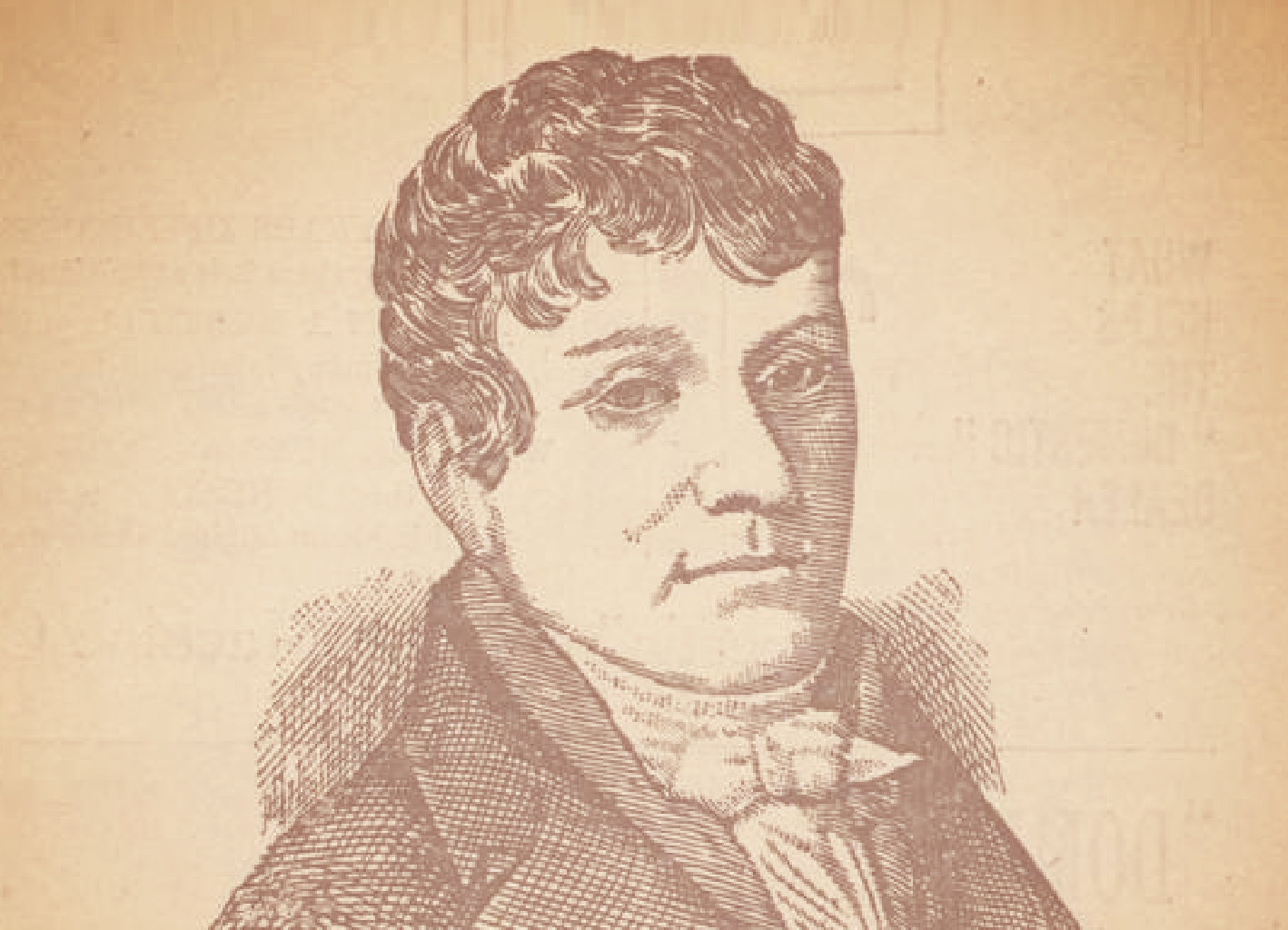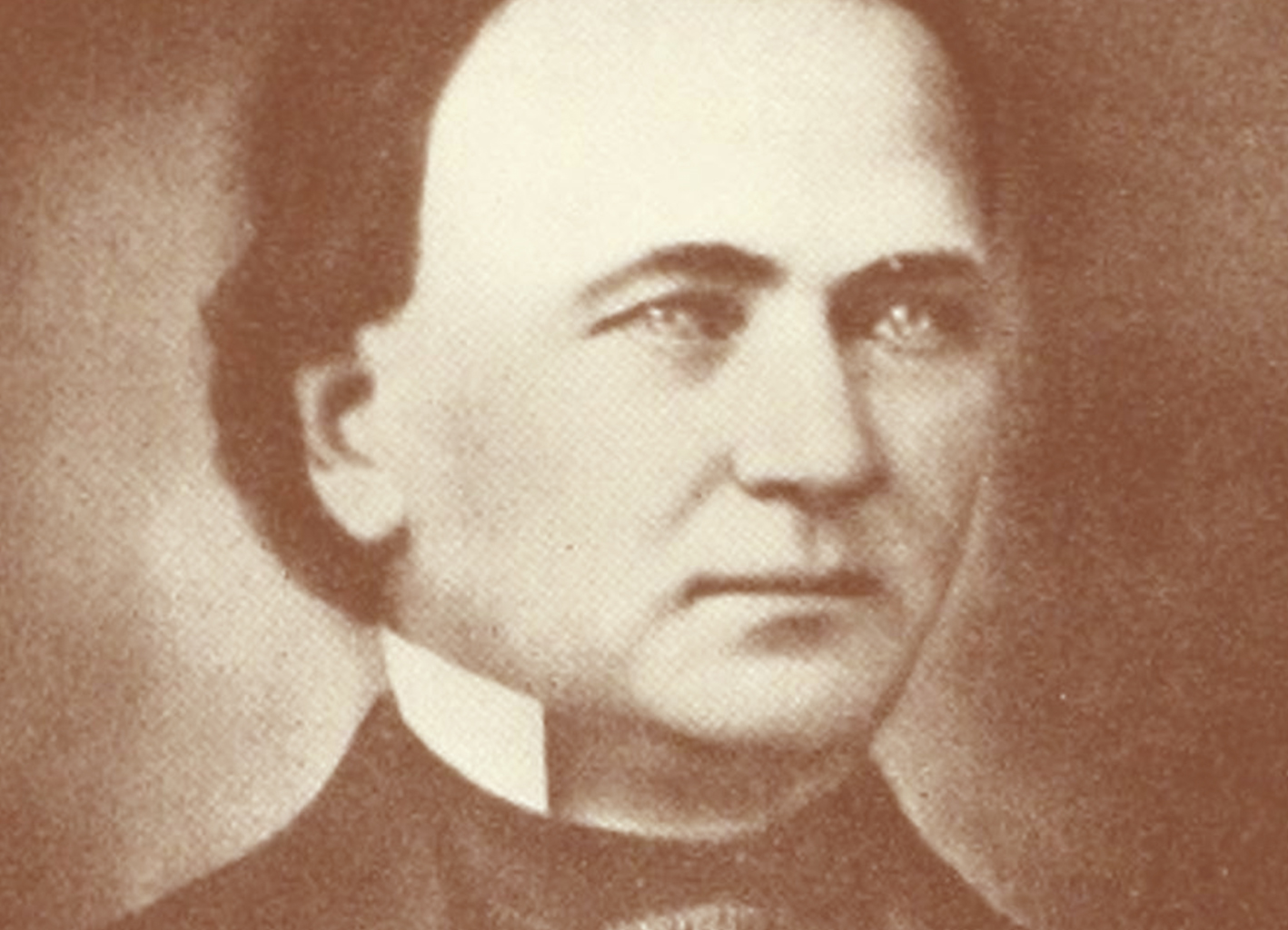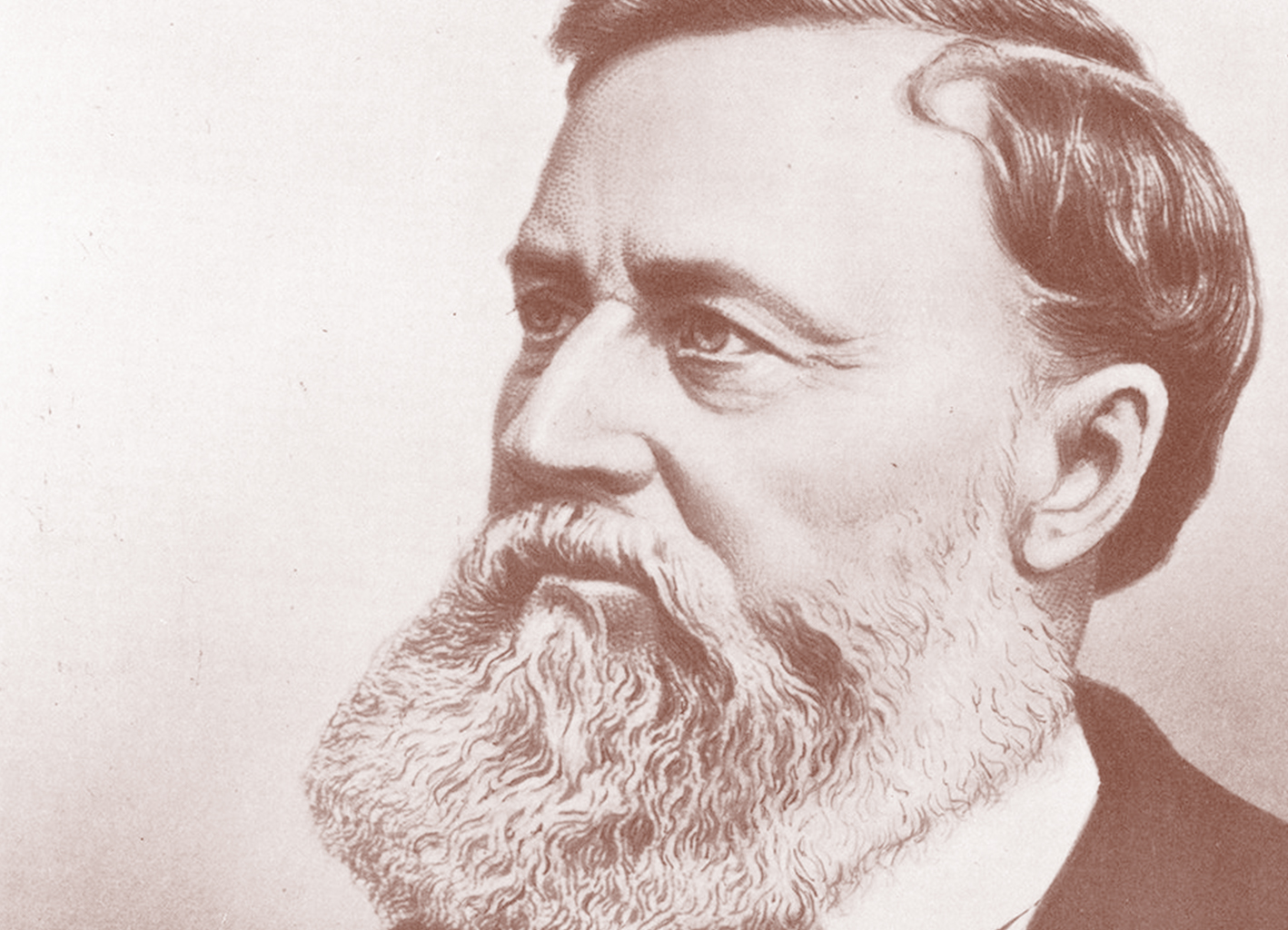
inventors

Thomas Saint
Saint was a cabinet maker born in Greenhill Rents parish of St. Sepulchre London, England. Saint took out British Patent No. 1764 on a machine for "quilting, stitching, and sewing, and for making shoes, and other articles. . . ." in 1790.

The Lock Stitch
Saint’s device had many features of today's sewing machines. It had an overhead arm to take the stitching awl and a tensioning system. The awl pierced the material and a forked rod carried the thread through the hole, where it would be hooked underneath and moved to the next stitching place. The cycle would then be repeated, so locking the stitch.

Josef Madersperger
Josef Madersperger, a Tyrolean tailor, began developing a sewing machine in 1807 using all his savings and free time and presented a prototype by 1814. The machine, unlike modern sewing machines, imitated the hand stitch movements mechanically and was dubbed “The Sewing Hand”.

The Flaw
Madersperger's machine is thought to have made a couched stitch—one thread was laid on the surface of the fabric and stitched in place with a short thread carried by a two-pointed needle. Two fabrics could have been stitched together, but not in the manner required for tailoring. Because of design flaws, the machines were never put into production.

Barthelemy Thimmonier
An early sewing machine was designed and manufactured by Barthélemy Thimonnier of France, who received a patent for it by the French government in 1830, to mass-produce uniforms for the French army, but some 200 rioting tailors, who feared that the invention would ruin their businesses, destroyed the machines in 1831.

The First Company
Soon after this, Jean Marie Magnin, an engineer from Villefranche -sur-Saône became interested in Thimonnier’s machine and provided the inventor again with financial backing. In 1845 under the name of Thimonnier and Magnin the patent of 1830 was renewed, and under it they organized the first French sewing-machine company. The machines they manufactured could produce 200 stitches per minute.

Walter Hunt
Although little is known of Hunt’s early childhood, we do learn from the author of his obituary, which appeared in Scientific American, July 9, 1860, that even as a child he was more interested in people and what he could do for them than in what he could do to insure his own welfare. He is said to have devoted his life to his friends, frequently giving away his last cent when he did not have enough to provide for himself.

The Inventor
He received his first patent on June 26, 1826, for a machine for spinning flax and hemp. During the next 33 years he patented 26 ideas. In addition he sold or dropped several more.

Elias Howe
Elias Howe stopped working in 1843 due to poor health. His wife was forced to take in sewing to maintain the family. It was the sight of his wife toiling at her stitches together with the pressure of poverty that recalled to Howe his earlier interest in a machine to sew. He decided to make an earnest attempt to invent one.

The Challenge
In order to market his machine, Howe challenged five seamstresses to a race. Ten seams of equal length were prepared for stitching. One was given to each of the girls while the remaining five were given to Howe. Howe finished his five a little sooner than the girls each finished one, and his seams were declared the strongest and neatest.

Isaac Singer
Isaac Singer was born to poor German immigrants. He worked as a mechanic and cabinetmaker, and then later organized a theater troupe. Due to lack of funds, he became interested in creating and patenting machines. He sought to improve the design of the sewing machine, examining the faulty designs of manufacturer Orson C. Phelps and recommending the use of a vertical needle.

The Showroom
Singer pioneered the use of lavishly decorated sewing-machine showrooms in the mid-1850s. These were rich with carved walnut furniture, gilded ornaments, and carpeted floors, places in which Victorian women were not ashamed to be seen. The total effect was a new concept of selling, and Singer became the drum major of a new and coming industry that had many followers.
Lorem ipsum dolor sit amet, consectetur adipiscing elit. Ut elit tellus, luctus nec ullamcorper mattis, pulvinar dapibus leo.
